 Who are you, really? Do you even know? Or do you just think you know?
Who are you, really? Do you even know? Or do you just think you know?
At the center of our beings, at the heart of our souls, can be found the truth of our identity: our compassion, our anger, the breeding ground of the very stuff that makes us love and hate.
Yet, though a lifetime of compromise in the attempt to garner approval and avoid rejection, most of us have hidden the true nature of ourselves so far behind the shield of a pseudo persona that we are no longer privy to the essence of our own selves.
Unable to tap directly into the firestorm of our Id, we live on second hand passions and pass them off in what we write as the gritty truth of personal reality. A writer can survive a career without ever becoming aware of his or her true essence.
What might you write if you became aware of your Passionate Self, and could tap into the primal force of your psyche?
The issue then becomes the effort to mount an inner expedition to the darkest reaches of your mind. It is dangerous territory. You may very well lose your sense of self in the process, discover you are a completely different person than you thought, and this knowledge may ultimately cost you your relationships, family, friends, job, and even your own peace of mind.
You don’t need to tap this cauldron of angst and elation in order to write interesting stories that captivate others. But as a writer, wouldn’t you like to be able to access it?
Let’s examine how and why we hide ourselves and then outline a method for recovering our first nature from the labyrinth of our second.
It all goes back to your childhood. You came from a loving, caring family, or from an antagonist family where you were always afraid of punishment, or were just ignored. Sure, there are many variations, but they all lead to the same syndrome.
If we are raised in a loving household, we learn compassion and empathy, and come to want to please others, even if it is at our own expense. Usually, we are accepted as ourselves in such a household, but when we arrive at pre-school or kindergarten, suddenly we are confronted by those who make fun of us because of inherent qualities that are expressions of our true selves. We quickly learn that to avoid displeasing others and to get the same kindness we have at home, we must hide certain traits and pretend to possess others. In short order, we establish a pseudo personality that no longer reflects ourselves, but reflects as nearly as possible the mean average of what we feel others would prefer us to be.
If we are raised in an angry recriminating household, we learn to hide any trait that could bring punishment or ridicule, and also create a mask we can wear to avoid pain and enhance pleasure. If we are just ignored as children, we invent an ersatz persona to attract attention, and/or as an attempt to make ourselves noteworthy.
It is almost an inevitable human endeavor.
As we grow, the mask must become more complex. We add to it whenever a new situation arises. We look to see how others act so we will know what to do in similar situations.
Slowly, we come to realize that it hurts not to express our true selves. And then we do one of two things: We break out of the mask and let it all hang out in a teenage rebellion, or we learn to stop looking inside at the real us, so that we don’t suffer the pain of suppression.
Even those who rebel, may later compromise their inner integrity to advance in a career, impress peers, or justify a lack of success to themselves. Very few of us reach full adulthood still knowing who we really are.
In most cases, we hide our true natures away from ourselves for so long that we forget how to find ourselves – we forget who we were, and have no idea who we have become down there in the darkness.
Our true selves are like ROM chips on a computer. They are preprogrammed with the essential elements of our personalities, and they are designed to load specific portions of that programming into our minds at various junctures, such as when we learn to walk, the onset of puberty, the arrival at childbearing age.
Our minds are like RAM in a computer. Into our minds we load our experiences. They sit on top of the ROM personality that has been loaded. In a sense, experiences are the data that is crunched by the personality program from our ROM.
But when you create a pseudo persona, you fill up RAM with another program. You create protected memory where nothing else can be loaded. And so, as you grow, the ROM personality tries to load, but sees that there isn’t enough space, and aborts the operation to try again at a later time.
As our minds expand with growth, there would be enough room for the ROM, but we also expand our personas so that there is never enough room. So our ROM personalities – our true personalities – can never load. And we become stunted in our emotions; never advancing past the development of the year we first invented our mask. And our true selves, hidden deeply in the ROM, remain only a potential, not an actualized self.
We meet a mate, we get married, we have children, we advance in our careers, and all with people responding to our personas, not to the true selves, which have never been realized, even to ourselves.
So the mate we attract is one who loves the false us. The children we raise associate love and comfort with a fake person who is not us. And they support that image with their holiday gifts, secret glances, and tender moments.
It becomes a web of lies from which we dare not attempt to escape lest we lose the love and respect of others when we reveal our actual essence and expose the person they thought they knew to be no more than a sham.
But you are a writer. And as a writer, you peddle emotions. And if you are a worthwhile writer, you want your wares to be honest and true. Yet how can they be, if you aren’t true to yourself?
If you are game then, how can you discover that inner person? Simply put, you have to pass through pain. You will need to come to feel the lack of all of your ROM programming. You will need to see your everyday self as a lie. You will explore the pain until you can stand it no more. And when you are ready, you will take a leap of faith and dump your RAM persona by unprotecting its files – files you have spent a lifetime building. When you do, the ROM will notice. It will rush in and overwrite your false self with all the past due sections of your self that should have been loaded along the way. And in one electric moment you will feel your old self vanish as if you had been exorcised, then feel perhaps a second or two of emptiness, followed by the force of your embryonic actual self-rushing in to fill the void.
You will then realize that the old files are gone. You cannot recover them, no matter how much you may want to. You make the leap of faith and there is no going back – ever. You cannot even rebuild them. You would have to start all over from scratch, and there probably isn’t enough lifetime left to do that.
But the consequences! You are now a different being, a more vibrant being, a creature of foundational power that we all have the potential to experience. So will your loved ones, and those you depend on find you acceptable and embrace the “New You,” or will they recoil, feel betrayed, abandoned, and perhaps mourn the loss of the person they thought they knew through all the seven stages of grief?
No one can predict the response of others, but positive or negative there will be a response from everyone you encounter once you have crossed to the other side?
If you are willing to take this risk, how to you get to that magic moment when you can shift over to a new reality? Through your writing: you need to keep a personal journal. You need to express your deepest thoughts and feelings in it daily.
My personal journal has sometimes resulted in 17 typewritten pages in a single day. More often, it amounts to a page or two. There have been years when I kept no journal at all. But I have always found that when I do keep a journal, angst is discovered become one with, and evaporated – eventually.
Usually, this major sea-change occurs in a time of extreme mental pressure – loss of a business or a loved one, or some impending change of lifestyle, situation, or relationship that rocks the very foundations of your soul.
These are the times to keep a journal without fail. The words you write will help you work it through, keep you sane, and in time reveal the actual issues that drive you.
Still, you don’t have to take that path. You can content yourself with the comfortable life you have fashioned around your pseudo self, and continue to write intriguing stories populated by compelling characters engaged in riveting action. You may find that sufficient. You may, even after all of this, believe that is all there is, “as good as it gets.” But what if there is something powerful within you – something basic and honest and true. Are you prepared to go to your death bed never knowing who you really are?
Like this article? Try my Story Development Software!
Step By Step Story Development Software
Just $29.95 ~ For Windows & Mac
90 Day Money Back Satisfaction Guarantee
I designed StoryWeaver StoryWeaver Step-by-Step Story Development Software to carry your novel or screenplay from concept to completion. More than 200 Story Cards provide a path from initial inspiration to finished novel treatment and sequential outline. Each step of the way, your work on previous Story Cards is quoted so you can easily fold it into a continually evolving story. Your story is complete from the very first section, and just gets deeper and richer in detail with every step you take. Don’t get stuck staring at a blank page. Let StoryWeaver unlock the passion you feel and release it into your novel. Click here to learn more or purchase.

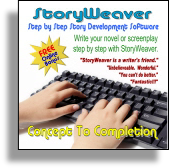
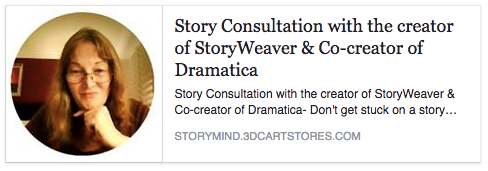
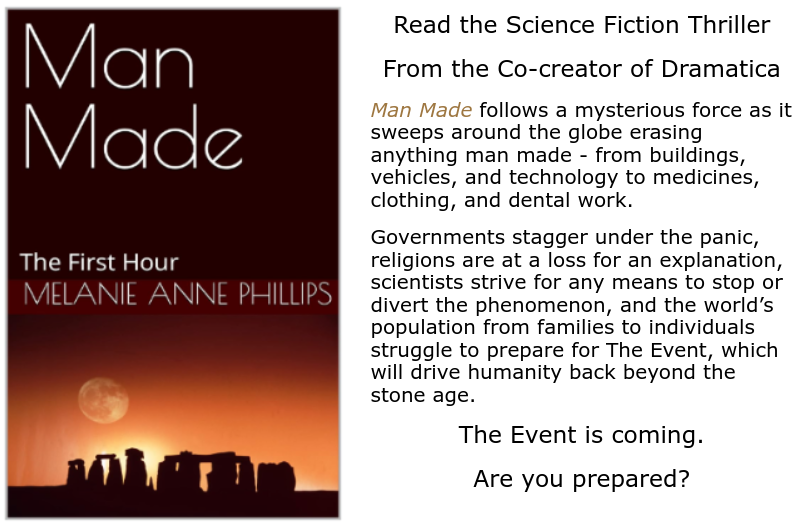
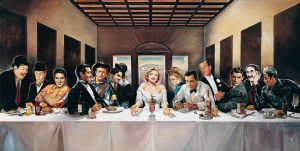 Is your story a good enough conversationalist, or does it need to go back to finishing school with another draft before it is ready for prime time? You have days, months, perhaps even years to prepare your story to exude enough charisma to sustain just one conversation. How disappointing is it to an audience when a story’s personality is plain and simply dull?
Is your story a good enough conversationalist, or does it need to go back to finishing school with another draft before it is ready for prime time? You have days, months, perhaps even years to prepare your story to exude enough charisma to sustain just one conversation. How disappointing is it to an audience when a story’s personality is plain and simply dull? We all know that writing is not just about assembling words, but also about assembling ideas. When we actually sit down to write, we may have our ideas all worked out in advance or we may have no idea what we want to say – just a desire to say something.
We all know that writing is not just about assembling words, but also about assembling ideas. When we actually sit down to write, we may have our ideas all worked out in advance or we may have no idea what we want to say – just a desire to say something.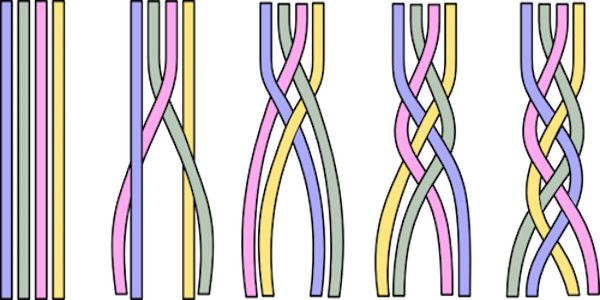
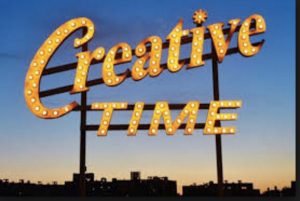 You sit in your favorite writing chair, by the window, on the porch, or in the study. You wear your favorite tweed jacket with the leather elbow patches, or your blue jeans, or your “creative shoes.” You look around at the carefully crafted environment you spent months arranging to trigger your inspiration. Reaching eagerly forward you place your hands on the keyboard or grasp the pen or pencil, and… Nothing happens.
You sit in your favorite writing chair, by the window, on the porch, or in the study. You wear your favorite tweed jacket with the leather elbow patches, or your blue jeans, or your “creative shoes.” You look around at the carefully crafted environment you spent months arranging to trigger your inspiration. Reaching eagerly forward you place your hands on the keyboard or grasp the pen or pencil, and… Nothing happens.
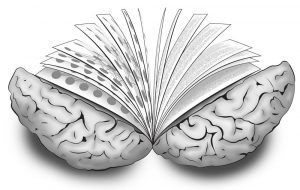 Stories have a mind of their own. And as with people, your story’s mind has different facets. These are represented in your Genre, Theme, Plot, and Characters. Genre is the overall personality of the Story Mind. Theme represents its troubled value standards. Plot describes the methods the Story Mind uses as it tries to work out its problems. Characters are the conflicting drives of the Story Mind.
Stories have a mind of their own. And as with people, your story’s mind has different facets. These are represented in your Genre, Theme, Plot, and Characters. Genre is the overall personality of the Story Mind. Theme represents its troubled value standards. Plot describes the methods the Story Mind uses as it tries to work out its problems. Characters are the conflicting drives of the Story Mind.
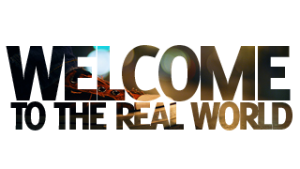 Narrative works in the real world as accurately and efficiently as it does in fiction. Not surprising since fictional narrative is nothing more than our attempt to refine and understand how people are driven and how they behave in the real world.
Narrative works in the real world as accurately and efficiently as it does in fiction. Not surprising since fictional narrative is nothing more than our attempt to refine and understand how people are driven and how they behave in the real world.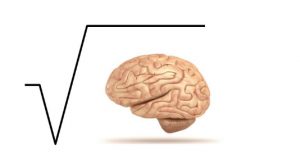 The central concept of the Dramatica theory of narrative structure is the existence of a Story Mind – essentially the notion that every story has its own psychology and its own personality, as if the story itself were a character in its own right.
The central concept of the Dramatica theory of narrative structure is the existence of a Story Mind – essentially the notion that every story has its own psychology and its own personality, as if the story itself were a character in its own right. From a structural standpoint, characters are just cogs in the machine. They have a job to do in the story as a protagonist, antagonist or any one of the functional roles that must be filled for the story to make sense and move forward.
From a structural standpoint, characters are just cogs in the machine. They have a job to do in the story as a protagonist, antagonist or any one of the functional roles that must be filled for the story to make sense and move forward.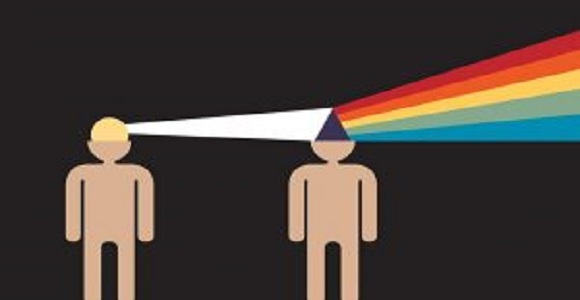
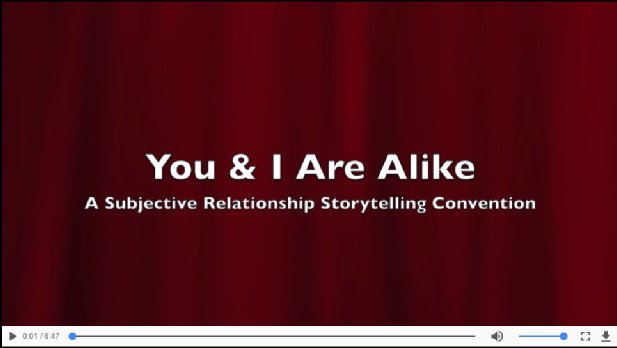
You must be logged in to post a comment.